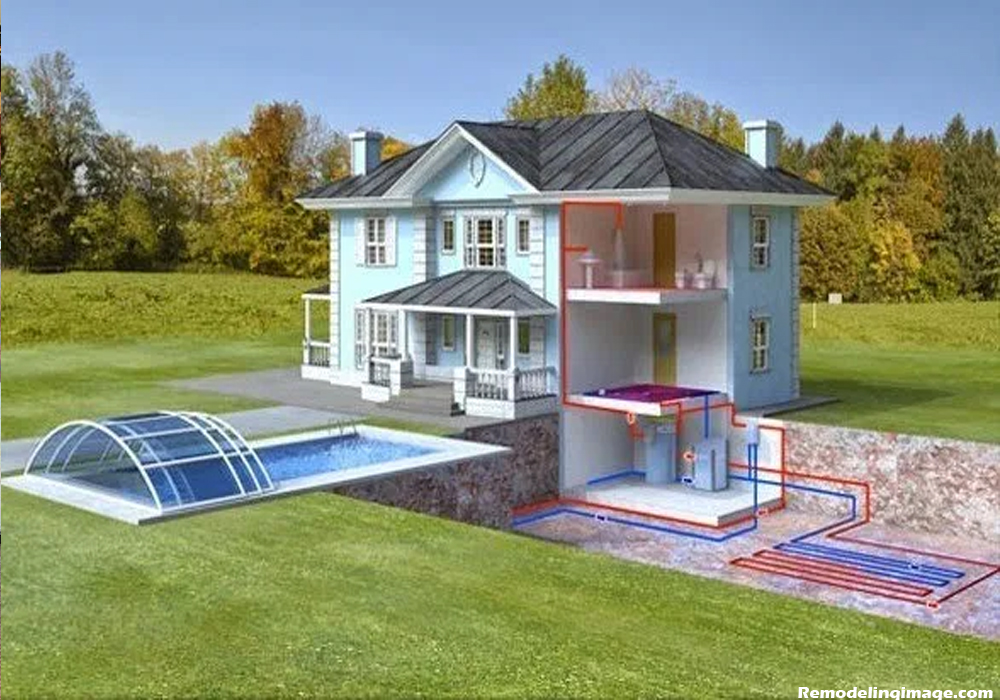If you are planning on greenhouse construction or remodeling, consider an alternative power source – as an example, geothermal power. It appears counter-intuitive that this technology which is influenced by circulating liquid through pipes underneath the ground might be used to both warming and cooling a home, that is just what geothermal power electric (GHP) or ground-source electric does.
Exactly exactly what is a geothermal heat pump?
While large-scale geothermal installations used by utility companies depend upon sizzling hot water below the soil, the geothermal heat pump warms up, as well as cools down, a house with all the continuous temperatures of the world. This is because the 10 feet of soil nearest the global surface is generally around 50 and 60 degrees.
The standard GHP model contains water pipes underground nearby the residence, a heat exchanger, along ducts in the home. Throughout the cold months of winter, the planet earth is warmer in comparison to the outside air and the heated air passes from the heat exchanger directly into the house. Through the summertime, the home’s hot air is drawn throughout the heat exchanger in the cool earth. The unit can save extra energy and money during the entire summertime by just warming up water with the temperature taken out of your house.
What kind of savings are there?
GHPs consume 25-50% less electricity in comparison to standard air cooling equipment, so installing one is an exception for an eco-friendly green home building or remodeling project. Quite simply, a GHP needs only one unit of electricity to transfer three units of heat compared to a ratio of just 1:1 or 1:2 for other people. GHPs can reduce energy usage as well as the associated emissions by up to 44% in comparison with air-source heat pumps as well as much as 72% in comparison to conventional electric heat. GHPs are designed for efficiencies of 300-600% in the coldest nights in winter; air source heat pumps can merely reach 175-250% on only a cool day. GHPs likewise sustain an interior humidity level of approximately fifty percent making them popular in humid locations.
The up-front worth of geothermal power for your house renewable energy source is high. Nevertheless, many experts concur that you might recover this investment in 5-10 years by way of reduced energy expenditures, which makes it much more appealing as being a green homebuilding or remodeling project. The federal government, state, and local tax benefits, as well as other plans, can help counterbalance the expense of the main investment too. With minimal moving parts, a GHP unit is also sturdy and requires minor upkeep. Several supplier’s warranties all the lines for five decades along with the pump alone typically can last two decades.











